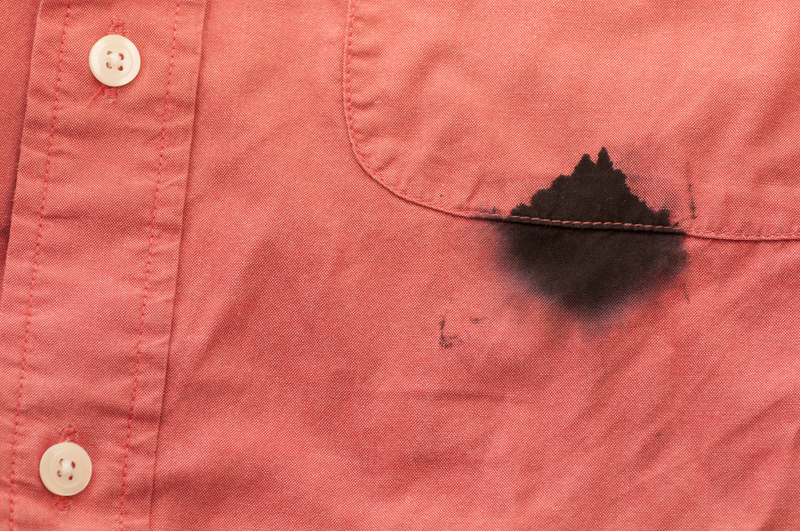Get Rid of Limescale in Your Toilet
Posted on 10/08/2024
Limescale, a chalky residue comprised mainly of calcium carbonate, is an all-too-familiar nemesis in households. It typically emerges in areas where hard water is prevalent, including toilets, taps, and kettles. When this calcium-rich water evaporates, it leaves behind limescale deposits. These deposits not only mar the aesthetic appeal of your toilet but also reduce the efficiency of your plumbing system.
Why It's Crucial to Remove Limescale
There's more to tackling limescale than just maintaining a clean appearance. Ignoring limescale build-up can lead to several issues:
- Decreased toilet efficiency: Accumulated limescale can block pipes, reducing water flow.
- Unpleasant odors: Stagnant water and waste can become trapped under limescale, causing foul smells.
- Increased cleaning effort: Limescale is harder to clean over time, requiring more effort and stronger chemicals.

Effective Methods to Remove Limescale
There are several effective ways to eliminate limescale from your toilet. Here, we explore some tried-and-tested methods.
1. Vinegar and Baking Soda
Vinegar, an acidic substance, can effectively dissolve limescale. Baking soda, on the other hand, serves as a gentle abrasive.
Method:
1. Pour about a cup of vinegar into the toilet bowl.
2. Add a cup of baking soda.
3. Let the mixture sit and fizz for about 15 minutes.
4. Scrub the toilet bowl with a toilet brush.
5. Flush to rinse.
2. Commercial Descalers
Specially formulated commercial descalers are designed to tackle limescale efficiently. Be sure to follow the manufacturer's instructions for safe and effective use.
Method:
1. Pour the recommended amount of descaler into the toilet bowl.
2. Let it sit for the specified time (usually 15-30 minutes).
3. Scrub the bowl and rinse by flushing.
3. Lemon Juice
Lemon juice's natural acidity makes it a great eco-friendly limescale remover.
Method:
1. Pour lemon juice directly onto the limescale deposits.
2. Let it sit for at least 30 minutes.
3. Scrub with a toilet brush and flush.
4. Pumice Stone
A pumice stone can scrape off stubborn limescale without damaging the porcelain.
Method:
1. Wet the pumice stone and the toilet bowl.
2. Gently scrub the limescale using the pumice stone.
3. Flush to rinse away debris.
Tips for Preventing Limescale Build-Up
1. Regular Cleaning: Clean your toilet regularly to prevent limescale from forming.
2. Water Softener: Install a water softener to tackle hard water problems at the source.
3. Use Vinegar Monthly: Once a month, pour vinegar into the toilet bowl and let it sit overnight before scrubbing and flushing.
4. Keep a Toilet Bowl Cleaner Handy: Use it weekly to maintain cleanliness.
Pros and Cons of Various Methods
Vinegar and Baking Soda:
- Pros: Inexpensive, eco-friendly, non-toxic.
- Cons: Requires regular application, might not remove severe build-up.
Commercial Descalers:
- Pros: Highly effective, easy to use.
- Cons: Can be expensive, may contain harsh chemicals.
Lemon Juice:
- Pros: Eco-friendly, pleasant scent.
- Cons: Less effective on thick build-up, can be costly.
Pumice Stone:
- Pros: Highly effective, no chemicals required.
- Cons: Labor-intensive, potential to scratch if not used correctly.

Takeaways
- Regular maintenance is key to preventing limescale build-up.
- A water softener can provide a long-term solution for hard water issues.
- Evaluate the pros and cons of each method to decide the best one for your needs.
- Always follow safety recommendations, especially when using chemical descalers.
Conclusion
Limescale can be a nuisance, but with the right approach, you can keep your toilet sparkling clean. Regular maintenance using household items like vinegar, baking soda, and lemon juice can effectively prevent and remove limescale. For more persistent problems, commercial descalers and pumice stones can do the job. Understanding the pros and cons of each method will help you choose the most suitable one. Regular efforts will ensure your toilet remains efficient, clean, and odor-free.









